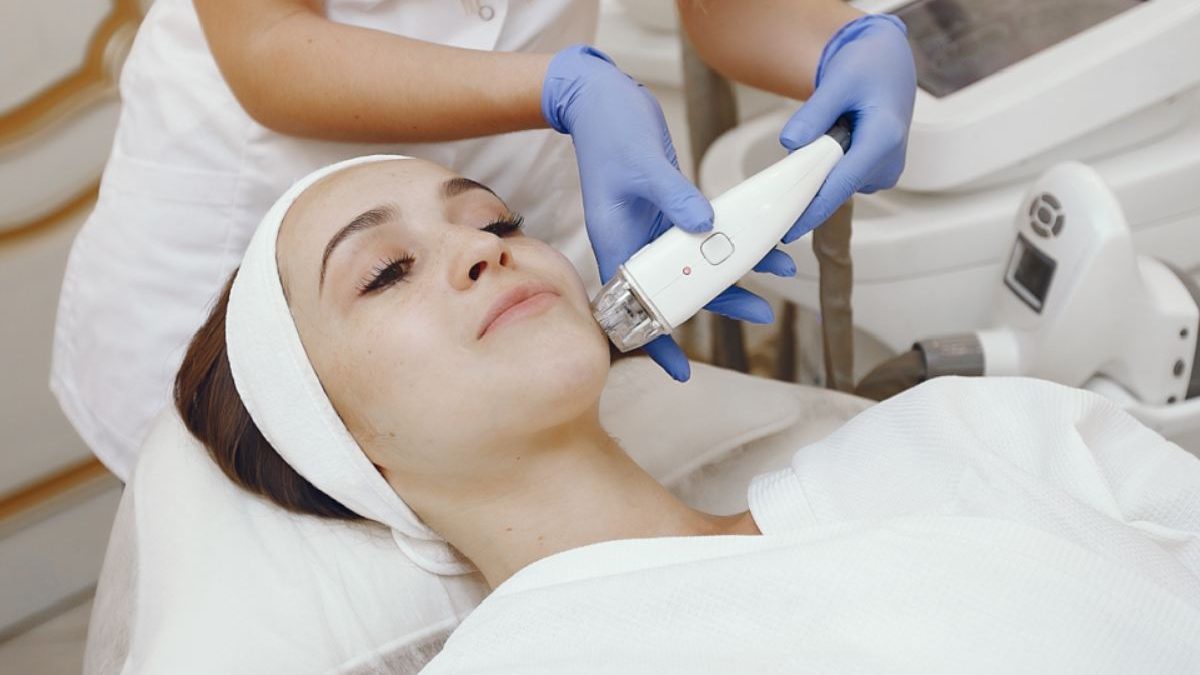Table of Contents
What is the Purpose of Contour?
Cosmopolitan Contouring: The whole opinion of contouring is to enhance or change the form of your face with makeup, but its effects don’t consume to be all that drastic. “From 2012 to 2018, contouring founded on your face shape was essential,” says LA-based makeup sketcher Jenna Nicole.
But nowadays, she says, “Less is more, and we’re embracing natural, dewy skin. The old contour then highlighting trends was about altering your whole face to look a certain way, but now it’s about embracing your natural shape and giving yourself realistic-looking depth and dimension.”
What is the Difference between Contour and Bronzer?
I get it. You’ve become two products that look almost identical, but I promise they’re not, and they each have a different purpose. First of all, a contour produced is always, always matte. With contouring, you’re making depth to make the positions of your face pop more.
So you want a product that can create the impression of a shadow (and shadows remain not shimmered). When using bronzer, think sunshine, not shades. The goal with bronzing is to make the illusion of a warmer complexion by unifying the product (which, by the way, typically has a sheen or shimmer to it) where the sun would naturally hit your face: temples, nose, about the edges of your face, etc.
Do You Set Foundation On Before Or After Contouring?
Just like the concept of contouring changes, so has the order of the application. Before, you might have helped with your foundation, blended on nearly bronzer and highlighter. Still, now, Nicole speaks first to incorporate a balm or liquid highlighter did your cheekbones, apply your foundation on top, and then surface with the contour to add dimension.
It sounds weird, but it also kind of sense. By blending foundation done your highlighter, “you can still get the skin’s texture, instead of seeing an obvious highlight line,” she says. “Your skin will look glowy, and that’s from highlighting underneath the foundation.”
How Do You Contour With Powder?
Use a powder if you take an oily skin type or need a matte finish. Unlike creams, powder formulas don’t blend fine with your fingers, and A+ blending is significant when creating a natural-looking contour.
Instead, select a makeup brush based on the look you need. For example, for a super-sharp, chiselled For, softer look, a fluffy square brush will diffuse the product while you sculpt. And for contouring reduced areas, like the sides of your nose, you’ll want a smaller shading brush.
Regarding the actual request process, contouring through powder follows the same basic steps. First, apply the creation where you want the colour to remain the most pigmented (more on that below). Then, use sweeping waves with your brush to mix out the harsh line and make it look more natural.
Conclusion:
Contouring makeup is usually practical after foundation and concealer. Liquid, Cream and stick contours can be applied directly to the foundation and blended out for a seamless finish. However, if you have normal or oily skin, you’ll want to opt for powder contour makeup instead of cream. Powder contour is calmer to blend, and it’s best for oily skin as it keeps it matte.

